Introduction to the story of Brawan Manor in Blawan, Indonesia _ cultivation of Java coffee beans in Indonesia
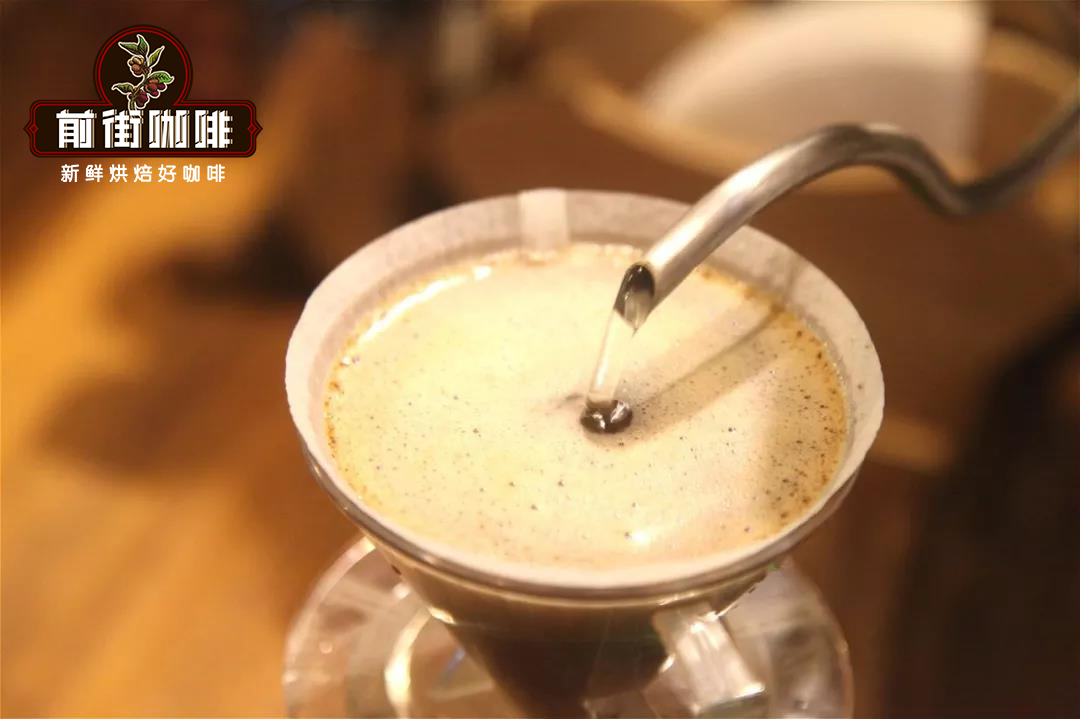
Professional coffee knowledge exchange more coffee bean information please follow the coffee workshop (Wechat official account cafe_style)
Indonesia is made up of more than 17,000 islands scattered over the volcanic belt of the equator. Indonesia straddles both sides of the equator. The hot and humid rainforest climate is rich in rainfall and the fertile volcanic loam brings rich nutrients. The best coffee growing areas in India are in Java, Sumatra and Sulawesi. The most representative coffee in Indonesia is Sumatra coffee with a strong, mellow taste and slightly syrup flavor. But there is also an explosion of fruit flavor and sweet coffee in Indonesia, which is Java coffee. Qianjie Coffee this article introduces another flavor of Indonesian coffee.
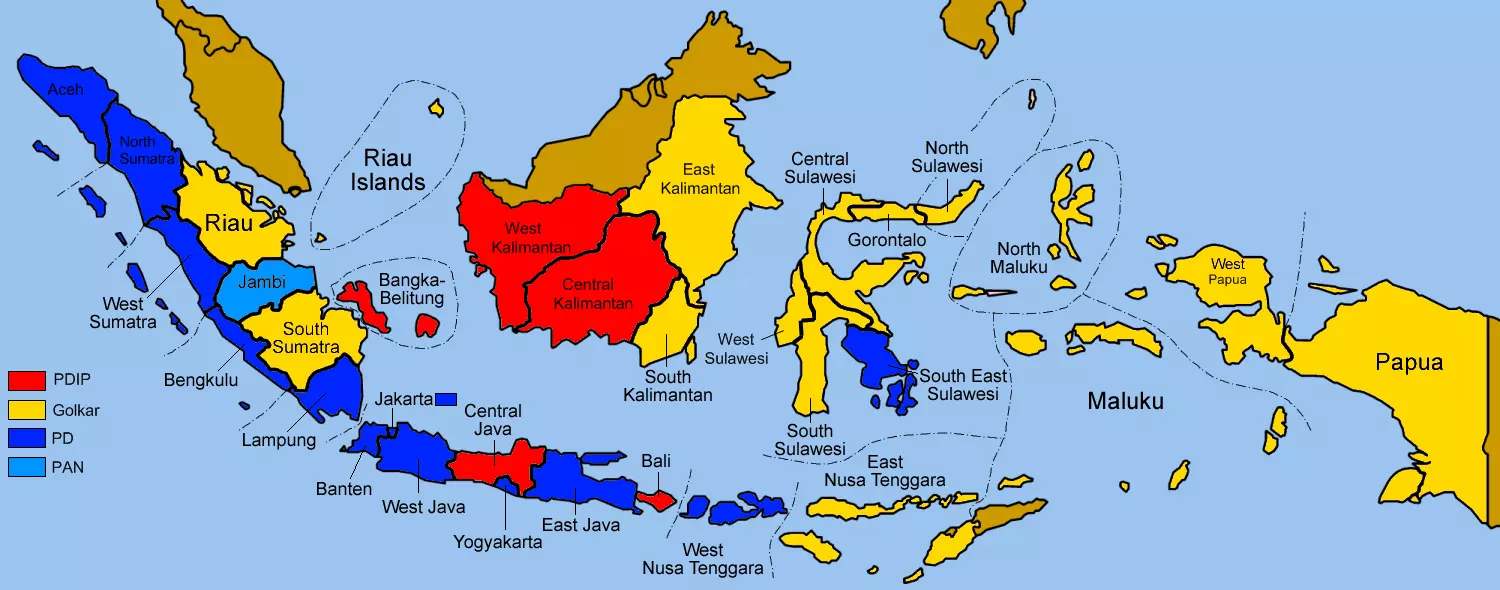
Java Coffee planting History
Coffee trees were introduced to the Indonesian island of Java by the Dutch in the mid-17th century (some official sources believe it was earlier), and few Dutch first spread coffee to Central and South America in the 1820s. Coffee spread from the Dutch colonies to French Guiana and Brazil. During the colonization process, the Dutch grew coffee in Malaba, India, and brought it to Batavia, what is now Indonesia-Java, in 1699. At that time, Indonesians called this new crop "KOPI", which is still used today.
The first batch of coffee from Java was sold to Amsterdam in 1712. However, in 1877, due to a major environmental disaster, coffee trees on all plantations were destroyed by coffee rust, and Robusta coffee trees had to be imported from Africa to replace the original species. Indonesia's Robusta coffee accounts for about 85% of the total production, while Arabica accounts for 15%, while Robusta is grown in southern Sumatra and Arabica in northern Sumatra. At present, the coffee planting area in Indonesia is more than 1 million hectares, 90% of which are operated by small farmers.
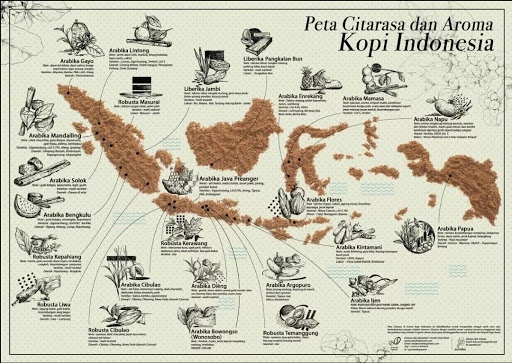
Today, only 6 per cent of Indonesia's coffee beans are Arabica beans. Indonesia is one of the world's four largest coffee exporters, producing 6.8 million bags of coffee a year, with more than half of the coffee coming from small plantations, accounting for about 90 per cent of total production.
Java plays an extremely important role in the history of coffee. Java Arabica coffee, unlike most other Indonesian coffee grown on small farms for initial processing, is grown on large farms or plantations. most of them are run by the government and are washed in modern ways. At present, the main variety planted in Java belongs to S795, and the local people call it Jember, is artificially cultivated. A few areas still retain iron card varieties, and Brawan Manor is one of them.
Brawan Manor
The cultivation of Java Arabica coffee centers on the Ijen volcano to the east of Java, which averages more than 1400 meters above sea level. Coffee was mainly grown in large estates established by the Dutch government and landlords in the early 19th century. The best coffee plantations in Java are Blawan, Jambit, Kayumas and Pankur. Brawan Manor is one of the large estates (one of the four state-owned coffee estates in Java, Indonesia). It is located near the Yizhen volcano in eastern Java. It has high-quality coffee growth conditions such as high altitude, volcanic soil, appropriate rainfall and temperature. Brawan Blawan is one of the first large traditional coffee estates to be established in the Netherlands and is now operated by the Indonesian government in the mountains of East Java.
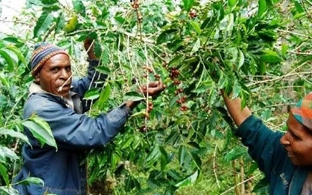
The Java Tibica coffee produced by Brawan Manor has a round and plump bean body with low acid value. In addition, the estate harvests coffee cherries by hand, and the harvested coffee cherries are sent to the processing plant for peeling and washing.
Iron pickup coffee variety
Ironpickup is the oldest variety in Java, where the Dutch planted it as early as the 17th century. The flavor of the iron pickup is clean and fresh, with a hint of flowers and fruit. But its yield is relatively low and its resistance to disease is weak. Java coffee leaves were badly hit by leaf rust in 1877, and the iron card old tree species still retained in Java has an excellent flavor.
Treatment mode
This Java coffee is washed with water. Coffee fruits are sent to be processed immediately after picking, usually within 6 to 12 hours after picking. The coffee fruit is first weighed and then soaked in water in order to select the fruit that floats because of its poor quality. The coffee fruit is then sent to a beater for peeling, a step to remove the skin and pulp from the coffee fruit.
Coffee fruits without pulp and peel are sent to fermentation tanks or buckets for 18 to 36 hours, where enzymes decompose the mucus / pectin in the coffee fruit. The degummed coffee fruit will be cleaned by adding an appropriate amount of water to the pool. During the cleaning process, the pectin decomposition on the surface of the coffee bean will be removed by stirring, leaving coffee sheepskin, silver skin and raw beans.
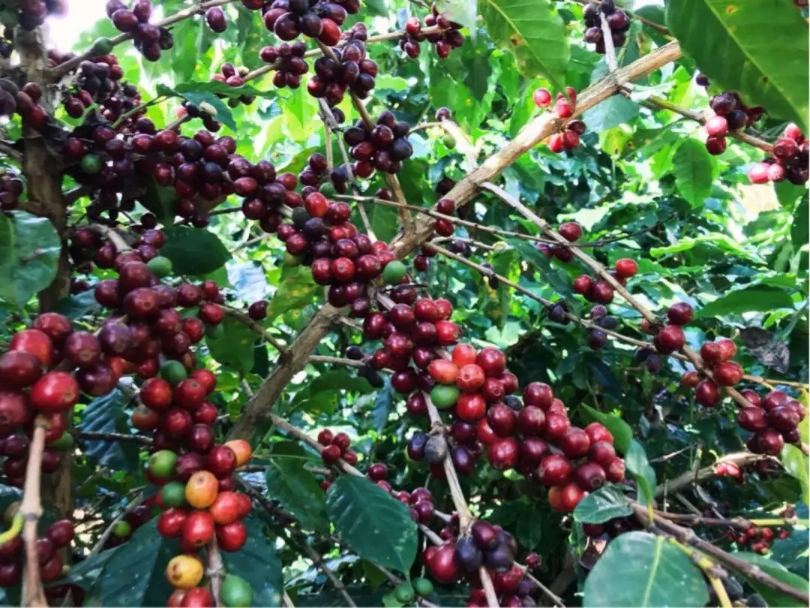
Washed coffee beans are sorted to remove defective coffee beans. Then it will be sent to the drying place (tarpaulin, cement floor, high bed, etc.) for drying treatment. Drying treatment will be based on the environment and climate and other factors to determine the length of time, usually ranging from 5 to 14 days. At this point, the moisture content of coffee beans will be reduced from 55% to 11%. Dried coffee beans are called shelled beans-raw coffee beans with sheep skin. The shell beans will be sent to the warehouse for preservation and will be shelled before export.
Suggestion on brewing coffee in Qianjie
Java coffee is different from Manning coffee in that it shows more tropical fruit flavor and thick taste. This brewing uses V60 filter cup, which can better highlight the flavor of coffee and fruit.
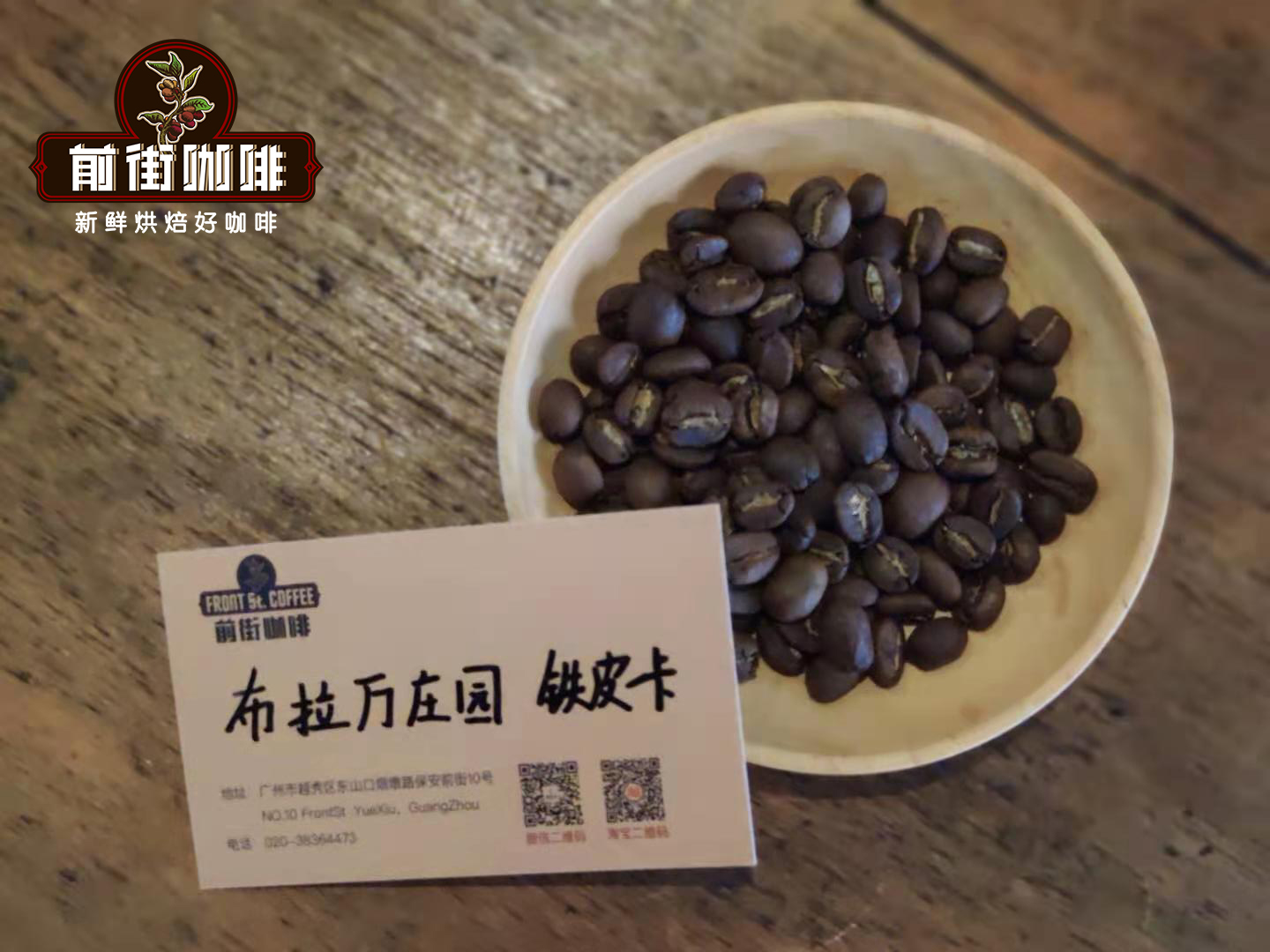
Powder content: 15g
Powder / water ratio: 1:16
Water temperature: 93 ℃
Degree of grinding: fine to medium grinding (pass rate of No. 20 standard screen is 72%)
1. The first stage is filled with 30 grams of water and steamed for 30 seconds.
2. After the end of steaming, the second stage of water injection is carried out, and 130 grams of water is injected into this section (160 grams of water at present). Circle outward along the center until the surface of the powder layer is in the shape of gold foam.
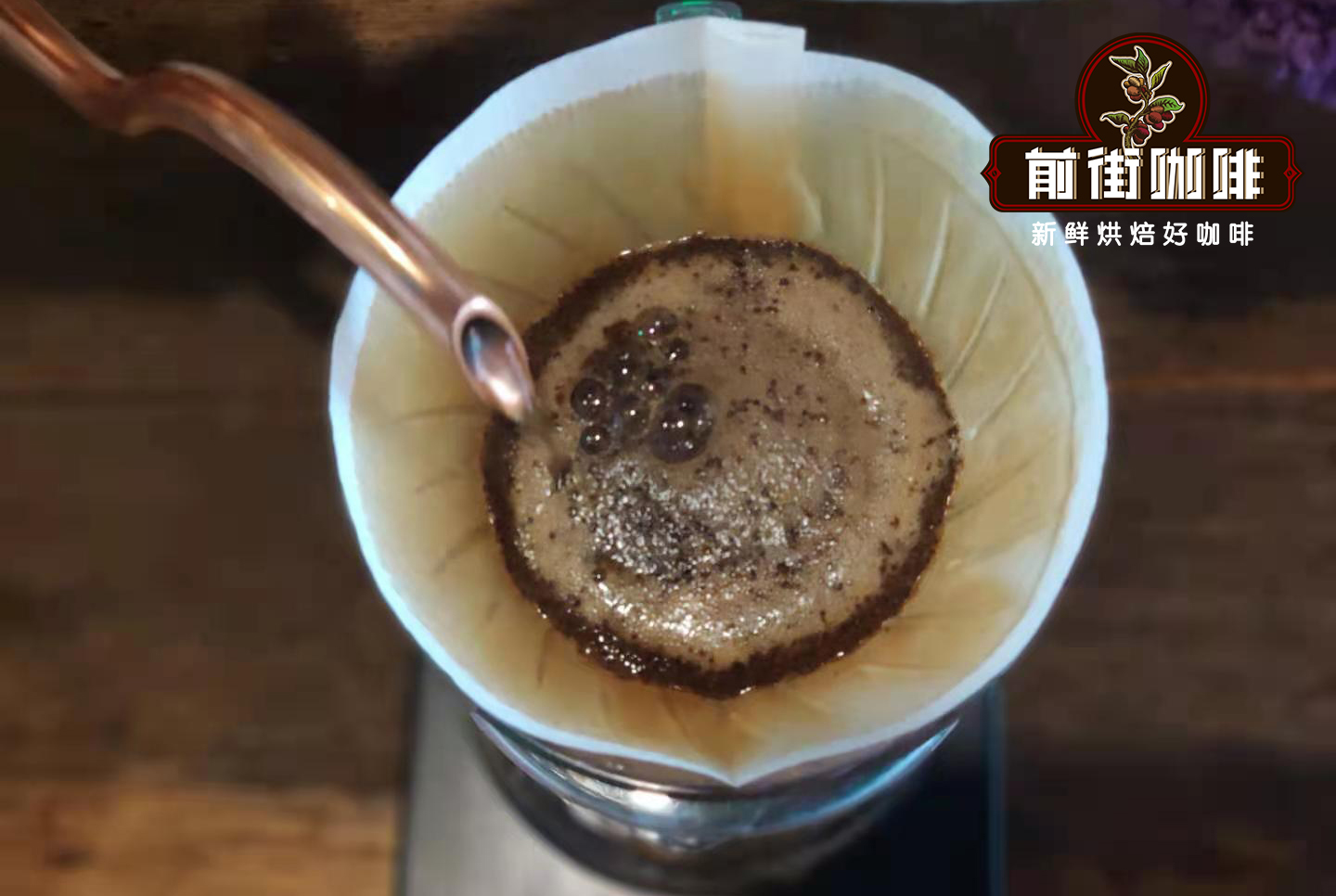
3. 80 grams of water (240 grams in total) will be injected after the water surface drops 1 stroke, and the method of water injection is the same as that of the second stage. After all the coffee liquid from the filter cup flows into the next pot, remove the filter cup and end the extraction. The total extraction time was 1 minute and 47 seconds.
Flavor description: this Java coffee is completely different from the traditional Indonesian Mantenin flavor, with very rich tropical fruit flavor, mango, passion fruit and other fruit flavor, the taste is thick and full.
For more boutique coffee beans, please add private Qianjie coffee on Wechat. WeChat account: kaixinguoguo0925
Important Notice :
前街咖啡 FrontStreet Coffee has moved to new addredd:
FrontStreet Coffee Address: 315,Donghua East Road,GuangZhou
Tel:020 38364473
- Prev
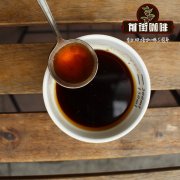
Evolution of coffee bean species on Sulawesi Island in Sumatra, Indonesia
For more information about coffee beans, please follow the Coffee Workshop (official Wechat account cafe_style) Indonesia is made up of more than 17, 000 islands scattered over the equatorial volcanic belt and has fertile soil. Famous producing areas include Sumatra in the west, Sulawesi in the middle, and Java in the south. Coffee was made by the Governor of the Netherlands from Mal in India in 1696.
- Next
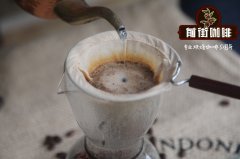
Flavor characteristics of Gayo Mantenin Coffee beans from Indonesia Coffee producing area Organic G1 twice hand-selected Coffee
Professional Coffee knowledge Exchange more information on coffee beans Please follow the Coffee Workshop (official Wechat account cafe_style) Coffee trees were introduced to Indonesia by the Dutch in the mid-17th century (some official sources believe that earlier). The first batch of coffee from Java was sold to Amsterdam in 1712. Indonesia exported 300000 tons last year, making it the fourth largest coffee producer in the world.
Related
- Detailed explanation of Jadeite planting Land in Panamanian Jadeite Manor introduction to the grading system of Jadeite competitive bidding, Red bid, Green bid and Rose Summer
- Story of Coffee planting in Brenka region of Costa Rica Stonehenge Manor anaerobic heavy honey treatment of flavor mouth
- What's on the barrel of Blue Mountain Coffee beans?
- Can American coffee also pull flowers? How to use hot American style to pull out a good-looking pattern?
- Can you make a cold extract with coffee beans? What is the right proportion for cold-extracted coffee formula?
- Indonesian PWN Gold Mandrine Coffee Origin Features Flavor How to Chong? Mandolin coffee is American.
- A brief introduction to the flavor characteristics of Brazilian yellow bourbon coffee beans
- What is the effect of different water quality on the flavor of cold-extracted coffee? What kind of water is best for brewing coffee?
- Why do you think of Rose Summer whenever you mention Panamanian coffee?
- Introduction to the characteristics of authentic blue mountain coffee bean producing areas? What is the CIB Coffee Authority in Jamaica?

